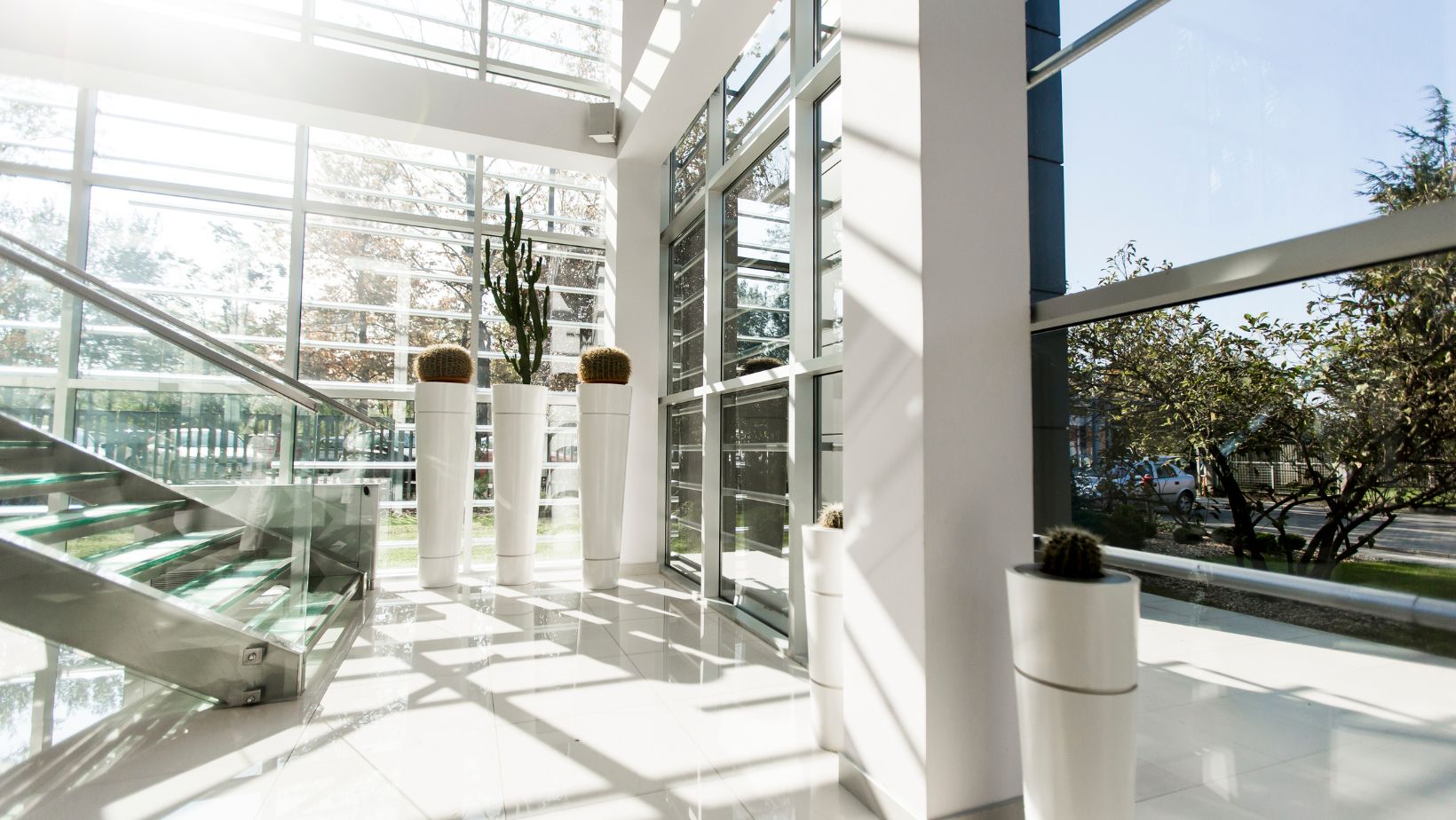
Modernizing Historic Buildings: Basement Remodeling
Modernizing old buildings is a journey that intertwines the preservation of the past with the innovation of the present. Among the various aspects of such renovations, basement remodeling stands out as a unique opportunity to add both value and functionality to a historic home. These lower levels, often overlooked, hold immense potential for transformation. By carefully blending contemporary design with the building’s original character, homeowners can create a space that not only respects the building’s heritage but also meets modern living standards. This article delves into the nuances of remodeling historic basements, offering insights into the challenges and rewards of bringing these hidden gems into the 21st century.
The Charm and Challenge of Historic Basements
Historic basements possess an inherent charm that captures the essence of a bygone era. These spaces often feature unique architectural elements, from exposed brick walls to arched ceilings, that tell a story of the past. However, remodeling them presents a unique set of challenges. Structural limitations, such as low ceilings or uneven floors, are common issues. Additionally, there’s the crucial task of preserving the basement’s character while updating it. This delicate balance requires a thoughtful approach, ensuring that any modernization efforts do not erase the historical significance of the space. Addressing these challenges head-on is key to a successful basement transformation that honors the building’s heritage while making it suitable for contemporary use.
Planning Your Basement Remodel
Embarking on a basement remodeling project in a historic building demands meticulous planning. The first step is a thorough assessment of the basement’s structural integrity. This involves checking for issues like water damage, foundation cracks, or outdated electrical wiring, which are common in older buildings. Understanding local regulations and historical preservation guidelines is also crucial, as these can significantly influence the scope and nature of your remodeling project.
Balancing modern amenities with historical integrity is at the heart of this planning process. It’s about respecting the building’s past while making it livable and functional for today’s needs. This might involve integrating modern heating and cooling systems discreetly or choosing lighting that enhances the historic character. The goal is to achieve a seamless blend of old and new, creating a basement space that feels both timeless and contemporary.

Designing a Modern Basement
When it comes to remodeling a historic basement, choosing a specific design theme can be both exciting and daunting. Opting for a mid-century modern basement design is a popular choice, as it offers a sleek, timeless aesthetic that can beautifully complement the historical features of the building. This design style is characterized by its clean lines, organic forms, and emphasis on functionality, making it a perfect match for a basement space.
Incorporating mid-century modern elements involves a careful selection of materials and colors that echo the era while still feeling fresh and contemporary. Think of using warm wood tones, geometric patterns, and a color palette that combines both neutral and bold hues. Furnishings should be simple yet stylish, with an emphasis on natural materials and minimalist designs. The key is to create a cohesive look that bridges the gap between the historic character of the basement and the modernist design elements, resulting in a space that is both inviting and aesthetically pleasing.
Navigating Costs and Budgeting
One of the most critical aspects of any remodeling project, especially in the context of historic properties, is managing costs. Still, comparing the cost to build a house in Iowa to the cost of remodeling an old building might help you in setting a realistic budget. Historic buildings often require specialized materials and skilled labor, which can add to the overall cost. However, there are ways to manage these expenses without compromising the quality and integrity of the project.
Effective budgeting involves prioritizing essential repairs and updates while finding creative ways to save on cosmetic changes. It’s also important to consider the long-term benefits of certain investments, like energy-efficient upgrades, which can offer cost savings over time. Additionally, exploring local grants or tax incentives for historic preservation can provide financial relief. Homeowners should be prepared for unexpected expenses that often arise in historic renovations, making a contingency fund a crucial part of the budget.
Hiring the Right Professionals
For a project as specialized as remodeling a historic basement, enlisting the right professionals is paramount. It’s essential to work with contractors and designers who have experience in home improvement Des Moines and understand the complexities involved. These professionals should not only have the skills to address structural and aesthetic challenges but also a deep respect for the building’s historical significance.
When searching for the right team, look for a track record of successful projects similar to yours. Check references and review portfolios to ensure their style and approach align with your vision. A good contractor will be your ally in navigating the intricacies of your project, from adhering to preservation guidelines to sourcing appropriate materials. Their expertise can be invaluable in transforming your historic basement into a modern, functional space while preserving its unique character.

Maximizing Functionality While Preserving History
The ultimate goal in remodeling a historic basement is to create a space that is both highly functional and respectful of its past. This involves innovative thinking to overcome the limitations often presented by older structures. For instance, incorporating multipurpose furniture and built-in storage can maximize space in a basement with limited square footage. If the basement has unique features like arches or exposed brick, highlighting these elements can add character while serving a practical purpose, such as custom shelving built into alcoves.
Integrating modern technology is another aspect of enhancing functionality. This can be done discreetly to maintain the historical ambiance. For example, hidden wiring for state-of-the-art entertainment systems or smart home features can bring modern convenience without disrupting the aesthetic. The key is to find solutions that blend these modern elements seamlessly into the fabric of the historic space, ensuring that the basement is not only a nod to the past but also a comfortable, livable area for contemporary life.
Conclusion
Modernizing a historic basement is a unique endeavor that marries the charm of the past with the conveniences of the present. It’s a journey that requires careful planning, a deep understanding of the building’s history, and a thoughtful approach to design and renovation. By respecting the original character of the basement while introducing modern elements, homeowners can create a space that is both timeless and functional. Whether it’s through a mid-century modern design, smart budgeting, or the integration of contemporary technology, the transformed basement can stand as a testament to the building’s enduring legacy and its adaptation to modern living. This harmonious blend of old and new not only enhances the value of the property but also enriches the lives of those who inhabit it, ensuring that the history within its walls continues to be appreciated and enjoyed for many years to come.
















































































